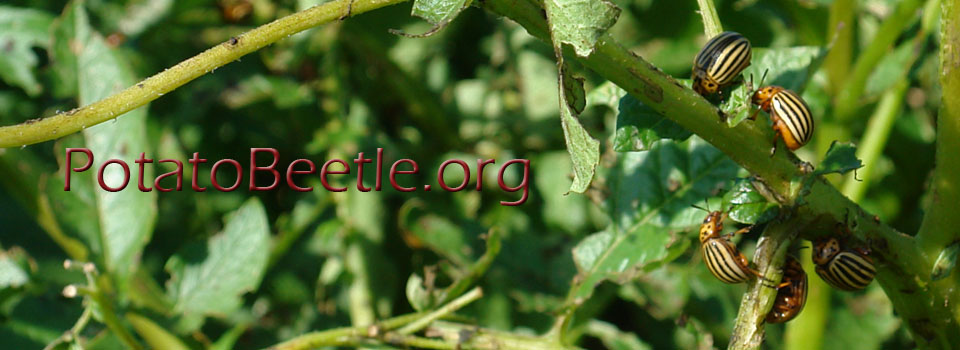Ashouri S, Farshbaf Pourabad R. 2021. Gene. 766:145159.
Considering the relevance of insect α-amylases and natural α-amylase inhibitors present in plants to protect against insect damage, we investigated the effect of white bean and rapeseed protein extracts on digestive α-amylase gene expression of the Colorado potato beetle, Leptinotarsa decemlineata (Say). For this purpose, in vitro and in vivo trials were performed to determine the inhibitory activity of seed proteins on the third and fourth instar larvae. In both trials, the significant inhibitory effect of each extracts on the third and fourth instar larval α-amylase activity and considerable mortality in treatments were observed compared to control trials. In the RT-qPCR, expression ratio demonstrated that the α-amylase gene of two different larval stages grown on both proteins treated leaves had significantly differentiated expression and was up-regulated in third instar larvae and down-regulated in fourth instar larvae compared to control. Results suggest that the hyper-production of α-amylase in third instar larvae is elicited to compensate for the enzyme activity inhibition at an earlier stage and also down-regulation suggests the existence of a negative feedback of plant proteins on the last instar larvae via impaired food intake and digestive α-amylase activity in Colorado potato beetle. Therefore, disruption of the insect's digestive physiology by plant defensive proteins can be considered in the development of innovative controlling methods of this crucial potato pest.
